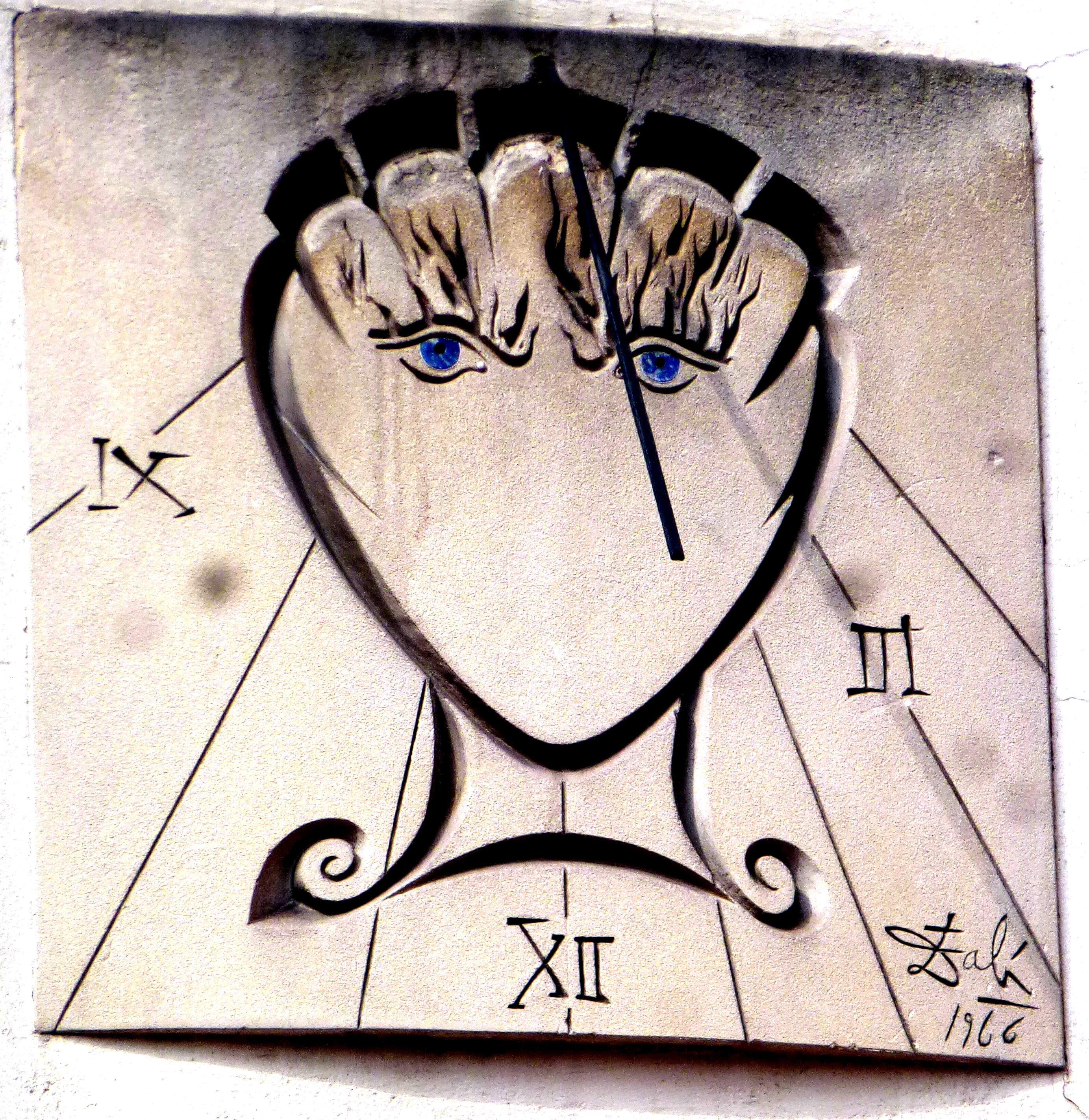Medication is not always enough to control rhinophyma once it has developed. Many times, it can be stubborn and require something stronger, in this case surgery. However, if a case of rhinophyma is less severe, some of the treatments we discussed for rosacea may be used. However, there are several treatments that you can try to control symptoms and reduce visible redness. If you are curious about the options that are available to you, you should consult your primary care physician and see what kinds of treatments they recommend.
It can also prevent those actually suffering from alcoholism from getting the help they need. Extreme disfigurement of the nose can narrow the airways in the nose, making it difficult to breathe. The nose may also take on a purple-like hue in these severe rhinophyma cases. Enter your phone number below to receive a free and confidential call from a treatment provider. The characteristic appearance of rhinophyma often makes it easy to diagnose with a visual examination.
Though drinking alcohol may contribute to facial flushing, there is no definite connection between drinking alcohol and those with end-stage rosacea. Rhinophyma, commonly referred to as alcoholic nose, is a condition in which the nose takes on a red coloration and becomes enlarged in a bulbous shape. In the early stages, rhinophyma shares symptoms with rosacea, such as facial flushing or redness.
Books about skin diseases
That’s important because they can help manage any medications you might be taking to treat your condition and support any other underlying addictions you might be dealing with. If you’re concerned about your alcohol abuse, they might be able to offer a lot more resources in your area than you can find on your own. Well, alcoholic addiction can make this condition worse and can increase your risks of certain complications while you have an Alcoholic’s nose.
- Surgical treatment can remove tissue overgrowth, reshape disfigured noses, and minimize the appearance of enlarged blood vessels.
- If you have rosacea and struggle with alcohol use, you might be putting yourself at risk of experiencing more severe side effects of rosacea.
- It may be completed with a scalpel, laser resurfacing, dermabrasion, or via cryosurgery.
- In the end, we have discovered that an alcohol use disorder is not necessarily responsible for rhinophyma.
Why Do Alcoholics Get Red Noses?
The physical impact of rhinophyma can be a point of self-consciousness for many individuals. After all, nobody really wants to stand out for something like a skin condition they can’t control. One way to help people seek the treatment they need and help them live out healthier and better futures is to provide people with the whole story and clear information. Rosacea often happens in flare-ups that can last weeks or months before your skin calms down and the symptoms disappear. Rosacea is frequently misdiagnosed as acne or other similar skin conditions. It can affect anyone but is most common among middle-aged women with lighter complexions.
Side Effects Of Alcohol Abuse
Springbrook Psychiatric Hospital is a 66 bed inpatient mental health facility located in Hernando County. We offer 24-hour psychiatric services provided by licensed professionals in various disciplines. Our hospital offers a variety of programs that can be tailored to patient needs, including an older adult program, dual diagnosis treatment and general psychiatric care. Alternatively, someone who suffers from alcohol addiction may feel like their rosacea is a constant, visible reminder of their struggles. Fortunately, it is possible to manage symptoms of rhinophyma to lessen their impact on daily life.
Who Is At Risk For Alcoholic Nose?
Likewise, not everyone with an alcohol addiction develops rosacea, either. Alcoholic’s nose, or rhinophyma, is a condition that causes the nose or other facial features to become swollen, enlarged, red, or misshapen, changing the appearance of the nose. Alcoholics nose, or drinker’s nose, is an informal term that refers to an enlarged purple or red nose thought to be caused by excessive alcohol consumption. Another common reason why this skin condition has been called alcoholic nose is that if a person has this condition, drinking alcohol can cause flare-ups. Although there is no such thing as a drinker’s nose, drinking alcohol, particularly red wine, can lead to flushing of the face.
However, many people who use alcohol heavily do not develop rosacea, and rosacea does often occur in people who do not drink alcohol or only use it in moderation. Rhinophyma, the condition often referred to as alcoholic nose, has a red, swollen, lumpy appearance. The nose may also have a purple-colored appearance and could be mistaken for having warts or other skin blemishes that look like protruding lumps. People who may benefit from alcohol treatment programs may be deterred from taking initial steps Drug Withdrawal Symptoms, Treatment, and Management in seeking treatment. They may be afraid they will feel shamed by other people’s judgments of alcohol abuse. Widened blood vessels caused by heavy drinking allow more blood to travel to right beneath the skin’s surface, which gives the face a more flushed or red appearance.

